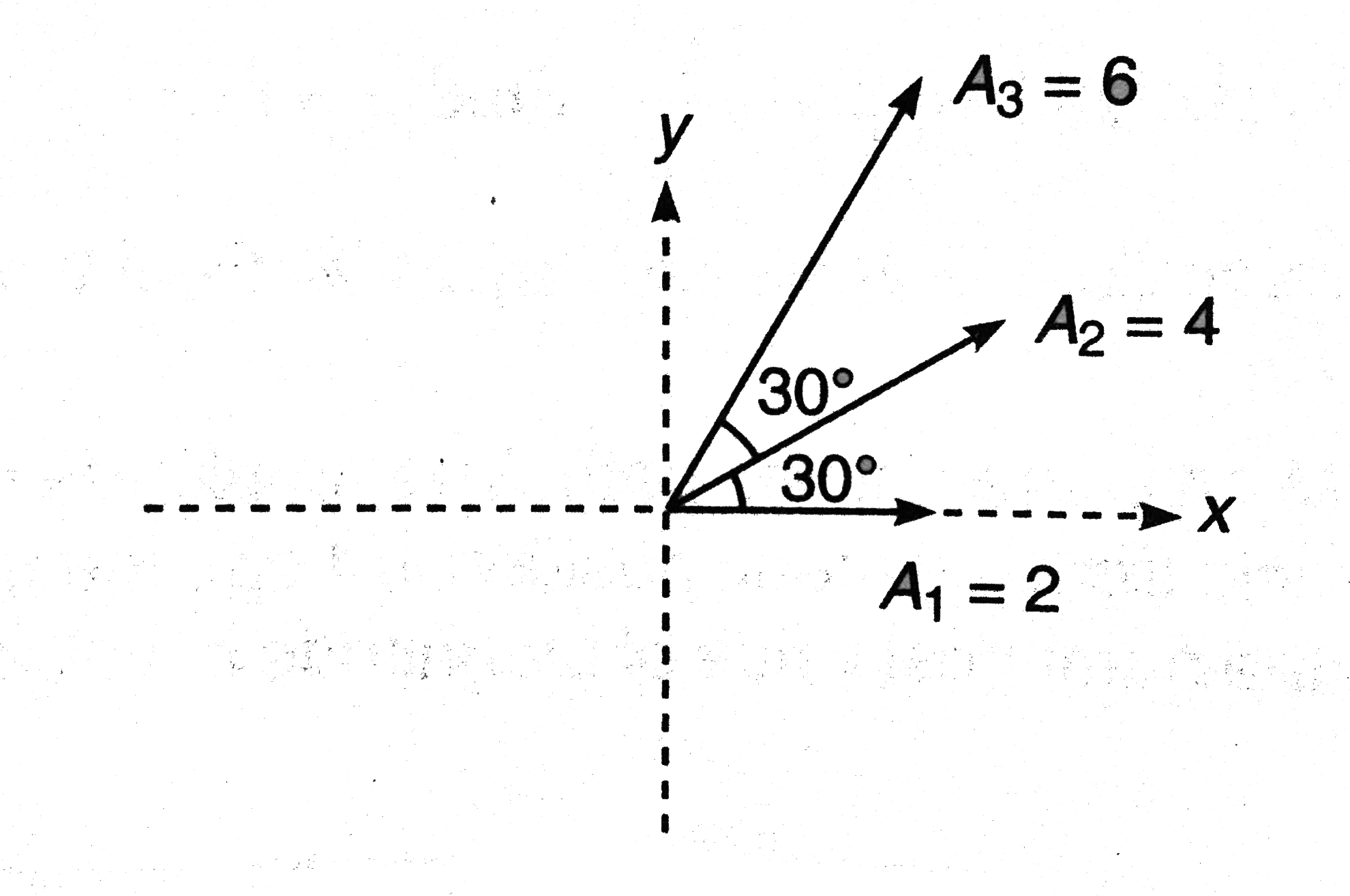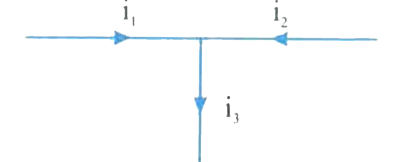Find the displacement equation of the simple harmonic motion obtained by combining the motion.
, and
Video Solution
Text Solution
The correct Answer is:D
The resultant equation is,
and
and
or
Thus, the displacement equation of the combined motion is,
where,

|
Topper's Solved these Questions
- SIMPLE HARMONIC MOTIONBOOK - DC PANDEYCHAPTER - SIMPLE HARMONIC MOTIONEXERCISE - Example Type 1
1 Videos
- SIMPLE HARMONIC MOTIONBOOK - DC PANDEYCHAPTER - SIMPLE HARMONIC MOTIONEXERCISE - Example Type 2
1 Videos
- SEMICONDUCTORS AND ELECTRONIC DEVICESBOOK - DC PANDEYCHAPTER - SEMICONDUCTORS AND ELECTRONIC DEVICESEXERCISE - More than One Option is Correct
3 Videos
- SOLVD PAPERS 2017 NEET, AIIMS & JIPMERBOOK - DC PANDEYCHAPTER - SOLVD PAPERS 2017 NEET, AIIMS & JIPMEREXERCISE - Solved paper 2018(JIPMER)
38 Videos
Similar Questions
Knowledge Check
Choose the most appropriate option.
What will be the displacement equation, of the simple harmonic motion obtained by combining the motions?
x1=2sinωt,x2=4sin(ωt+π6)
x3=6sin(ωt+π3)Ax=10.25sin(ωt+ϕ)Bx=10.25sin(ωt−ϕ)Cx=11.25sin(ωt+ϕ)Dx=11.25sin(ωt−ϕ)What is the amplitude of the S.H.M. obtained by combining the motions.
x1=4sinωtcm, x2=4sin(ωt+π3)cmA8 cmB4√3cmC6 cmD2√3cmThe resultant amplitude due to superposition of three simple harmonic motions x1=3sinωt,
x2=5sin(ωt+37∘) and x3=−15cosωt isA18B10C12DNone of these
If i1=3sinωt and i2=6cosωt, then i3 is

View SolutionThree sinusoidal displacements are applied in X-direction to a point mass in such a way that total displacement is zero and the mass comes to rest. What are the values of B and ϕ if the equations are
x1(t)=Asin2ωt
x2(t)=Asin(2ωt+4π3)
x3(t)=Bsin(2ωt+ϕ)
View SolutionThe resultant amplitude due to super position of x1=sinωt,x2=5sin(ωt+37∘) and x3=−15cosωt is :
View SolutionThe equations of two SH M's are
X1=4sin(ωt+π/2).X2=3sin(ωt+π)
View SolutionFind the resultant amplitude of the following simple harmonic equations :
x1=5sinωt
x2=5sin(ωt+53∘)
x3=−10cosωt
View Solution
